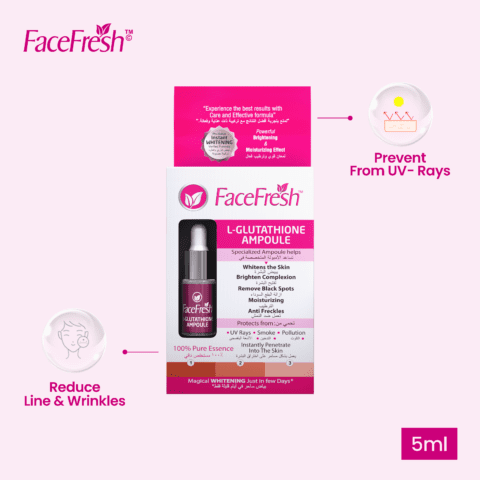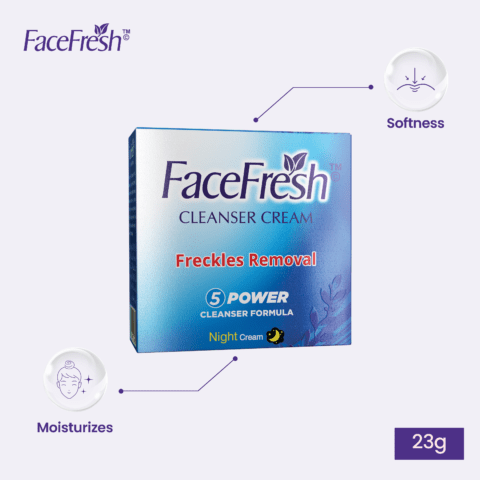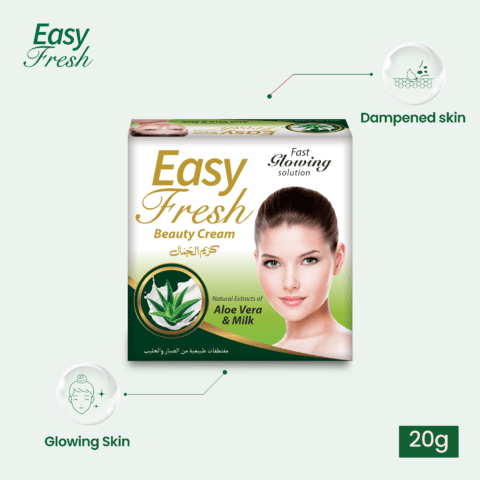Hair is an essential part of our physical appearance, and we all desire healthy and lustrous locks. However, split ends can become a persistent problem, hindering our hair goals. In this article, we will explore what split ends are, their causes, and effective solutions to prevent and treat them.
1. What are Split Ends?
Split ends refer to the fraying or splitting of the hair shaft, where the hair strand breaks into two or more separate parts. They typically occur at the hair’s tips and can travel upward if left untreated. Split ends not only make the hair look dull and unkempt but can also lead to further hair damage if not addressed timely.
2. Causes of Split Ends
Several factors contribute to the development of split ends. Some common causes include:
- Excessive Heat Styling: Regular use of hot styling tools such as flat irons, curling wands, and blow dryers can strip the hair of its natural moisture, making it prone to splitting.
- Chemical Treatments: Chemical processes like hair coloring, perming, and relaxing can weaken the hair structure, leading to split ends.
- Environmental Factors: Exposure to harsh environmental conditions, such as sun, wind, and pollution, can damage the hair, causing it to split.
- Improper Hair Care: Rough handling of hair, frequent brushing, using harsh hair accessories, and using low-quality hair products can contribute to split ends.
- Nutritional Deficiencies: Lack of essential nutrients like vitamins, minerals, and proteins in the diet can affect hair health and contribute to split ends.
3. Signs and Symptoms of Split Ends
Identifying split ends is crucial for timely intervention. Some common signs and symptoms include:
- Visible Split Ends: The hair strands have a Y-shaped or frayed appearance, indicating split ends.
- Rough Texture: Split ends make the hair feel rough and coarse to touch.
- Tangling and Breakage: Split ends lead to increased tangling and hair breakage.
- Lack of Shine: The presence of split ends can make the hair look dull and lackluster.
- Uneven Hair Length: Split ends cause uneven hair length, affecting the overall hair aesthetics.
4. The Impact of Split Ends on Hair
Split ends not only compromise the appearance of the hair but also impact its overall health. The split travels upward, causing more breakage and thinning of the hair. If left unaddressed, split ends can progress to split mid-shaft or even split at the hair roots, leading to significant hair loss.
5. Preventive Measures for Split Ends
Prevention is key when it comes to managing split ends. Here are some effective preventive measures:
- Reduce Heat Styling: Minimize the use of hot styling tools and opt for heat-free styling alternatives.
- Protective Hairstyles: Wear hairstyles that minimize friction and protect the hair from external damage.
- Gentle Hair Care: Use a wide-toothed comb or a brush with soft bristles to avoid unnecessary hair breakage.
- Trim Regularly: Schedule regular trims to remove split ends and prevent them from traveling upward.
- Avoid Overprocessing: Limit the use of chemical treatments and give your hair ample time to recover between processes.
- Protect from Environmental Damage: Wear a hat or use protective hair products when exposed to sun, wind, or pollution.
6. Effective Home Remedies for Split Ends
There are various home remedies you can try to improve the condition of split ends. Here are a few popular options:
- Egg Mask: Apply a mixture of egg yolks and olive oil to your hair, leave it for 30 minutes, and rinse thoroughly.
- Avocado and Banana Mask: Mash a ripe avocado and banana together, apply the mixture to your hair, leave it for 20 minutes, and rinse well.
- Coconut Oil Treatment: Massage warm coconut oil into your hair, cover it with a shower cap, leave it overnight, and wash it out the next morning.
7. Professional Treatments for Split Ends
When home remedies are not sufficient, professional treatments can provide effective solutions for split ends. Some popular options include:
- Hair Trimming: Visit a professional hairdresser for regular trims to remove split ends and maintain healthy hair.
- Hair Serums: Look for serums specifically designed to repair split ends and provide a protective coating.
- Keratin Treatment: Keratin-based treatments can help in restoring the hair’s strength, reducing split ends, and improving overall hair health.
8. Trimming and Hair Care Routine
Trimming your hair regularly is vital for split end prevention. Additionally, adopting a suitable hair care routine can minimize the occurrence of split ends. Here are some tips:
- Use a Mild Shampoo: Choose a shampoo that is gentle and free from harsh chemicals.
- Condition Regularly: Use a good-quality conditioner after shampooing to keep your hair moisturized.
- Avoid Overwashing: Wash your hair every alternate day to maintain its natural oils.
- Apply Leave-in Conditioner: Use a leave-in conditioner to provide extra nourishment and protection to your hair.
- Use Heat Protectants: Apply heat protectant sprays or creams before using hot styling tools.
- Choose the Right Hair Accessories: Opt for hair accessories made from soft materials to minimize hair breakage.
9. Products for Split Ends
Several hair care products are specifically formulated to combat split ends. Look for these key ingredients when selecting products:
- Hydrolyzed Keratin: Helps repair and strengthen damaged hair.
- Silicones: Form a protective barrier to reduce friction and prevent further splitting.
- Panthenol (Vitamin B5): Provides moisture and improves hair elasticity.
- Natural Oils: Nourish and moisturize the hair, reducing the appearance of split ends.
10. Hairstyles to Conceal Split Ends
While treating split ends, you can also opt for hairstyles that help conceal them. Here are a few ideas:
- Braids: Try different braid styles like fishtail braids, Dutch braids, or French braids to hide split ends.
- Ponytails and Updos: Pulling the hair back in a ponytail or an updo can camouflage split ends effectively.
- Messy Bun: Create a messy bun by twisting and pinning your hair, which can cleverly hide split ends.
11. Dietary Tips for Hair Health
A healthy diet plays a crucial role in maintaining hair health and preventing split ends. Incorporate the following nutrients into your diet:
- Protein: Consume protein-rich foods like lean meats, eggs, beans, and nuts to support hair growth and strength.
- Omega-3 Fatty Acids: Include foods like fatty fish, flaxseeds, and chia seeds to nourish the hair follicles.
- Vitamins and Minerals: Eat a variety of fruits, vegetables, and whole grains to ensure an adequate intake of vitamins A, C, E, and minerals like zinc and iron.
12. Lifestyle Changes for Split End Prevention
Certain lifestyle changes can contribute to healthier hair and minimize the occurrence of split ends:
- Manage Stress: Practice stress-reducing techniques like meditation, yoga, or engaging in hobbies to promote overall hair health.
- Protective Measures: Wear a hat or scarf when exposed to harsh weather conditions or while swimming.
- Avoid Overbrushing: Brush your hair gently and avoid excessive brushing, especially when it’s wet.
- Get Sufficient Sleep: A good night’s sleep promotes hair growth and overall well-being.
13. Myths and Facts about Split Ends
There are several myths surrounding split ends. Let’s debunk some of them:
- Myth: Split ends can be permanently repaired. Fact: Once a hair strand splits, the only permanent solution is to trim it.
- Myth: Regular trims make the hair grow faster. Fact: Trimming hair removes split ends, promoting healthier growth, but it doesn’t affect the rate of growth.
- Myth: Split ends can be repaired with hair products. Fact: While hair products can temporarily improve the appearance of split ends, the only permanent solution is to trim them.
Conclusion
Split ends can be a common hair concern, but with the right preventive measures, home remedies, and professional treatments, you can manage and minimize their occurrence. By adopting a healthy hair care routine, making dietary adjustments, and being mindful of styling practices, you can achieve lustrous and split-end-free hair.






Leave a comment
Your email address will not be published. Required fields are marked *